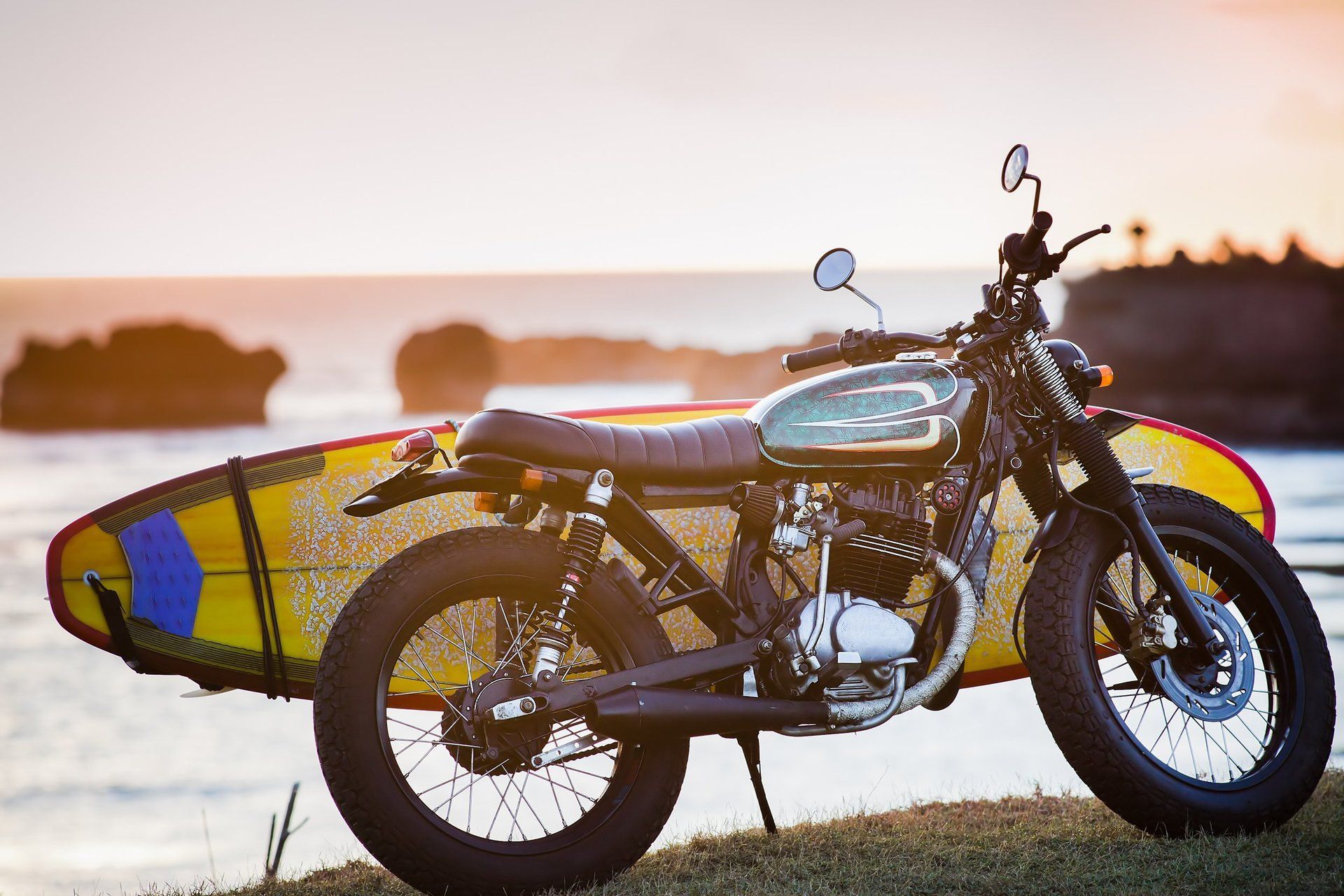San Diego Weather
The Best Weather in the United States
With an average annual high temperature of 70 degrees, many consider San Diego to have the best weather in the nation. However, there are some things that might surprise you.
Temperatures
With an average annual high temperature of 70 degrees and only 41 days out of the year with measurable rain, many consider San Diego to have some of the best weather in the nation. As a rule of thumb, high temperatures are in the 60's during the winter and spring (December - June) while they are in the 70's during summer and fall (July - November). On average San Diego experiences only 2.5 days per year when the temperature is 90 degrees or above. While most of the U.S. experiences their hottest temperatures in June, July or August - San Diego is most likely to experience the hottest day in August, September, or October and some years this even occurs in November. This is due to shifts in the winds. Usually, San Diego is getting a cool west wind off the ocean, but during these hotter periods, San Diego gets a dry easterly wind from the desert, called Santa Ana winds. These downsloping winds can be strong and extremely dry causing some of the hottest weather of the year. The hottest temperature ever recorded in San Diego was 111 degrees first occurring on September 26, 1963 and then again on September 27, 2010. The coldest months are usually in January or February, but it is not uncommon for temperatures during those months to get into the 70's or even 80's for a day or two. Since moving to San Diego in 2016, I have realized you adjust very quickly to the local weather. This is generally what locals consider hot and cold:
- 62 or below is cold and people break out the heavy coats
- 63-66 is chilly and you need a sweater
- 67-72 is what most in San Diego consider comfortable, but you still might need a sweater
- 73-79 is very warm
- 80 or above is hot
There hasn't been a freezing temperature reported at the airport in San Diego since 1963, when the temperature dropped to 31 degrees. The coldest temperature ever recorded was 25 degrees on January 7, 1913. During the winter, there is usually at least a couple of days when the high temperatures don't get out of the 50's and lows are in the 40's. During the late 1800's and early 1900's it used to be pretty common for lows to drop into the 30's on a few cold winter mornings. But there have only been two days where that has happened this century - in 2002 and 2007.
The inland valleys and deserts
Once you travel about 7 or 8 miles inland away from the coast, then temperatures can really get hot. Here, summertime highs are often in the 80's with many days each year getting into the 90's. Some days even reach 100 or above. Once you cross the mountains into the San Diego County desert, temperatures are some of the hottest in the country. Daily highs are well above 100, with many days exceeding 110 and on occasion even approach 120. The hottest temperature ever recorded in San Diego County was on June 19, 2017 in Ocotillo Wells when the thermometer soared to a scorching 124 degrees.
On the opposite end, the inland valleys can also get quite cold on winter mornings. The low may get down to 50 degrees on the coast, but it could be in the mid to upper 30's inland.
The Clouds
If you are planning a trip to San Diego and want to see the sun, you should avoid coming in May and June, the two cloudiest months. This is when San Diego experiences marine layer clouds, fog and cool temperatures in the morning. Marine layer conditions linger until the heat of the sun becomes strong enough to evaporate the clouds. The local sayings "May gray" and "June gloom" refer to the way in which San Diego has the most trouble shaking off the early morning fog during those months, and cool, cloudy conditions often last into the afternoon or even all day. Otherwise San Diego will often see morning clouds and afternoon sun. Overall San Diego experiences 267 days of sunshine each year.
Precipitation
The average annual precipitation is less than 12 inches, resulting in a borderline arid climate. Rainfall is strongly concentrated in the cooler half of the year, particularly the months December through March, although precipitation is lower than any other part of the U.S. west coast. The summer months are virtually rainless, although subtropical moisture from the North American Monsoon usually results in increased humidity and thunderstorms for at least a few days each summer. Rainfall is highly variable from year to year and from month to month, and San Diego is subject to both droughts and floods. Hurricanes are very rare, although San Diego receives more tropical storms and remnants of tropical storms than anywhere else in California. Famous examples include the 1858 San Diego Hurricane and the 1939 California tropical storm, as well as the remnants of Hurricane Kathleen in 1976, all of which brought several inches of rain and high winds to San Diego.
What to Expect (Generally)
70's
Summer
After the 4th of July expect sunny skies and little to no rain with highs in the 70's and sometimes 80's.
70's
Fall
The warmest time of year. Generally sunny skies with highs in the 70's. Expect an occasional hot day with temps getting up to 90 or above.
60's
Winter
The wet season is between December and March, but there will still be plenty of sunny days. Highs in the 60's and lows will be in the 40's and 50's.
60's
Spring
Some of the cloudiest days will be in late spring during "May Gray" and "June Gloom". You'll need a jacket or sweater until the 4th of July.





